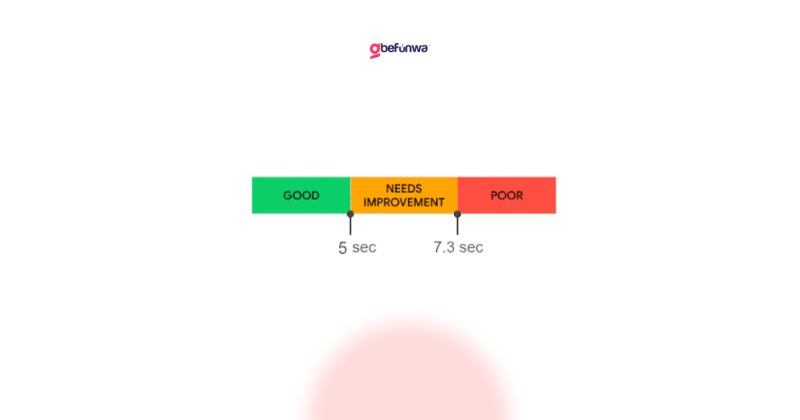
Time to Interactive (TTI) measures the time it takes for a web page to become interactive and responsive to user input. A slow TTI can lead to a poor user experience, negatively impacting website engagement and conversion rates. WordPress, being a popular Content Management System (CMS), can sometimes struggle with TTI due to its complex architecture and resource-intensive plugins. In this article, we’ll explore practical techniques to reduce TTI on WordPress, ensuring a faster and more responsive website.
Before diving into optimization techniques, it’s essential to understand how TTI is measured. TTI starts when a user requests a webpage and ends when the browser finishes rendering the page and is responsive to user input. This includes loading assets, executing JavaScript, and painting the page.
Implementing caching solutions like W3 Total Cache, WP Super Cache, or WP Rocket can significantly reduce TTI. Caching stores frequently accessed resources locally, reducing the load on servers and databases.
Compressing images using tools like TinyPNG, ShortPixel, or Imagify reduces file sizes, resulting in faster loading times. Use image formats like WebP, which offer better compression ratios.
Minifying and compressing CSS, JavaScript, and HTML files reduces their size, making them load faster. Use plugins like Autoptimize, WP Rocket, or Brotli to achieve this.
Enable browser caching to store frequently accessed resources locally on users’ devices. This reduces repeat requests to your server, lowering Time To Interactive.
Ensure your server and database are optimized for performance. Consider upgrading to faster hosting, using a content delivery network (CDN), and optimizing database queries.
Reduce the number of HTTP requests by minimizing the number of scripts and stylesheets, using CSS sprites, and inlining critical CSS.
Defer loading non-critical JavaScript files until after the initial page load, reducing the impact on TTI.
Enable the Keep-Alive header to allow multiple requests to be sent over a single connection, reducing overhead and improving TTI.
Use tools like Google PageSpeed Insights, Pingdom, or GTmetrix to monitor and analyze your website’s performance, identifying areas for improvement.
Regularly update and optimize plugins to ensure they’re not impacting TTI. Remove unused plugins and consider alternatives with better performance.
Reducing Time to Interactive (TTI) on WordPress requires a combination of optimization techniques, including caching, image compression, file minification, and server optimization. By implementing these strategies, you’ll significantly improve your website’s responsiveness, leading to enhanced user experiences, increased engagement, and better conversion rates. Continuously monitor and analyze your website’s performance to ensure optimal TTI and stay ahead in the competitive online landscape.
Deborah Oludimu is an experienced content writer with 3+ years of experience. She is skilled in research, writing, and editing to produce high-quality, engaging content across industries. Deborah is passionate about creating content that informs and inspires
© 2025 GBEFUNWA.COM. All rights reserved.
The WordPress® trademarks are the intellectual property of the WordPress Foundation, and the Woo® and WooCommerce® trademarks are the intellectual property of WooCommerce, Inc. Uses of the WordPress®, Woo®, and WooCommerce® names in this website are for identification purposes only and do not imply an endorsement by WordPress Foundation or WooCommerce, Inc. gbefunwa is not endorsed or owned by, or affiliated with, the WordPress Foundation or WooCommerce, Inc.